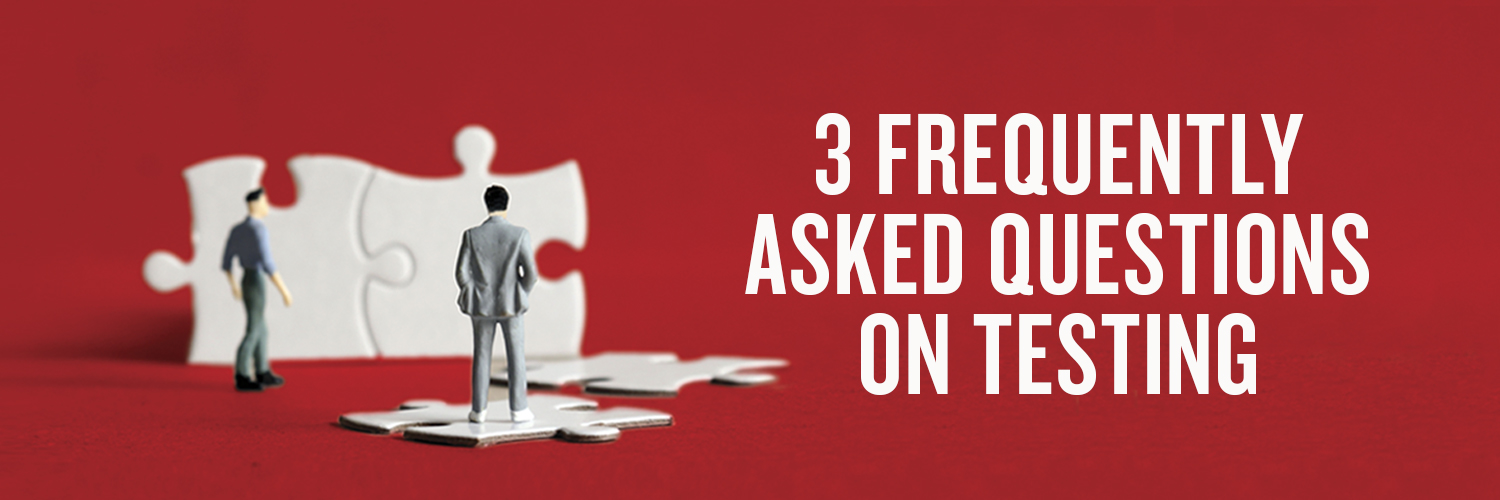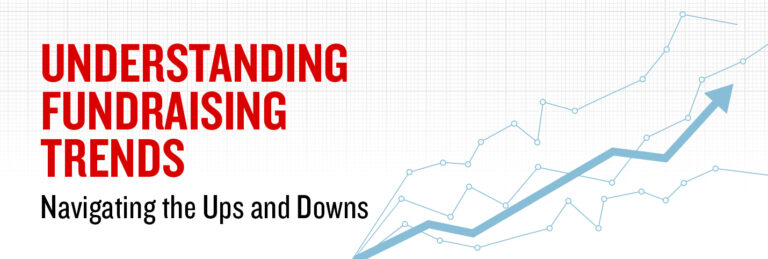Three Frequently Asked Questions on Testing
As you plan your fundraising efforts, it is vital to keep direct response strategies top of mind. Should you get creative with new ideas, maintain the tried and true, or switch to implementing new digital solutions? As you look at your future fundraising plans, there is much to consider!
But how do you know which strategies should be implemented and when? By testing! We put to the test (pun intended) three frequently asked questions on direct response:
1. Should we test what’s currently working?
100% yes! Even tried and true direct response packages should be on the table for testing. In Thanksgiving appeals last year, we tested new pieces against a popular “note of hope” donor involvement device—a small card included with the direct mail appeal that the donor could sign and send back with a gift to personally encourage those they serve at the rescue mission. The note of hope has been a high-performing piece for several years.
But could we do better? We tested to find out. In one package, we provided a placemat for the donor to sign and send back with their gift instead of the time-tested note of hope. The result? There was a higher response rate to the Thanksgiving appeal with the placemat vs. the standard package.
As a side benefit, so many placemats were sent back to the organizations that their Thanksgiving tables were beautifully covered with heartwarming messages from donors to each special guest that came for a warm meal—and hope!
– Aubrey Hoeppner, Consultant, Client Services
2. How do we go about testing social media and digital ads?
Successful digital campaigns rely on 2 core things: putting a motivating opportunity in front of a potential donor at a time when he or she is likely to give and getting noticed in the crowded digital landscape.
Last fall, we tested Facebook video ads against a traditional photo ad. These videos were short, two-second snippets of footage turned into an eye-catching ad that underlined the need for the donor’s support. They were not videos that told a story or needed captions. Instead, a static headline and call-to-action button laid on top of the video the whole time it played.
The results? One organization saw the video ad generate triple the number of donations given compared to the traditional photo . . . and at the same high average gift! So, as you’re looking for the best opportunity to test on digital channels, consider incorporating a video test in your next digital fundraising campaign.
– Jillian Jenkins Mangin, Consultant, Client Services
3. What’s the best path to testing new donor engagement?
Most organizations recognize that the goal for communicating with new donors is twofold—to recognize their first gift and engage them effectively to encourage a second gift for a long-term partnership.
With those goals in mind, we conducted a test with one organization’s new donor group. Half of their new donors were sent a welcome package and immediately placed in cultivation mailings (aka ongoing direct mail) after their initial gift. The other half of new donors were sent the same welcome package after their initial gift but not immediately placed in the cultivation mail stream.
The result? New donors who received both the welcome package AND immediate cultivation mailings were not only activated at a higher rate, but they gave more total gifts overall and exhibited a higher average gift!
– Leslie Phillips, Consultant, Client Services
Our team is happy to help advise you on what strategy may work best for your organization. Please contact us today to get the conversation started.
Related articles
-

More Than Just Work
As a young Christian professional navigating the conundrum of aligning my beliefs into a purposeful career, I’ve been blessed to…
-

What to Think of Artificial Intelligence and Its Impact on Fundraising . . .
In trying to summon an image to represent our theme for this issue of Donor Focus, I found myself drawn…







